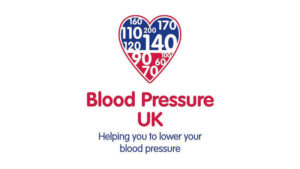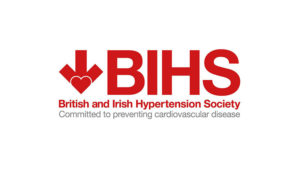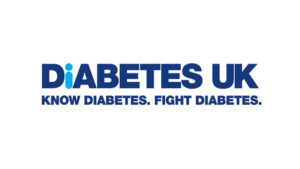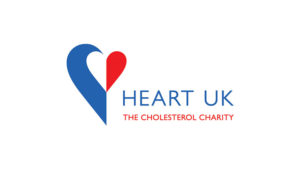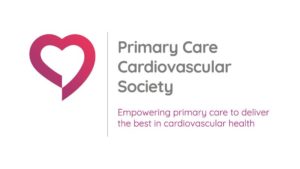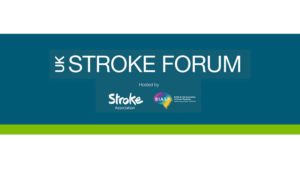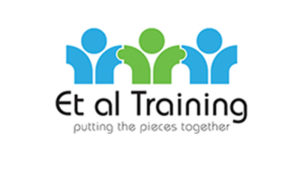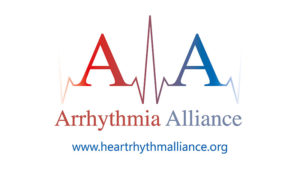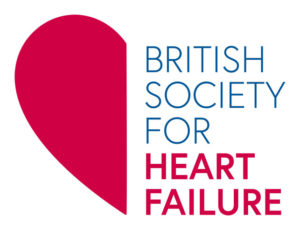Fasting during Ramadan means that you have longer gaps between meals than usual. Many people also eat more food in one meal – in particular, more carbohydrate-rich and fatty foods – during this time. If you have diabetes, this may mean that you have large swings in your blood sugar levels during Ramadan. During the day – when you are fasting – your blood sugar is likely to drop. This may make you feel weak, tired and dizzy. This is called hypoglycaemia (which means low sugar) – a period of hypoglycaemia is sometimes called a ‘hypo.’ People who are sick or whose health may be adversely affected by fasting – such as those with diabetes – do not have to fast during Ramadan. However, some people do decide to observe the fast. This leaflet gives you some tips on how to keep well.
American College of Cardiology Annual Scientific Sessions
Preventing and treating bone disorders in chronic kidney disease
Chronic kidney disease mineral and bone disorders (CKD-MBD) is a slowly progressive complication of CKD occurring over many years. The kidneys are unable to maintain normal levels of calcium and phosphate and respond to the hormones needed to maintain healthy bones. CKD–MBD is a common problem in people with stage 3 CKD onwards and affects almost all patients receiving dialysis. This article explains why renal bone disease occurs, the problems it can cause for patients affected and provides practical tips on how to identify people at risk and management options.
Moving stroke prevention up the healthcare agenda
“There are lots of really powerful examples around o f things we can do to improve quality while improving productivity”
This statement from Sir David Nicholson, the NHS Chief Executive, appears on the NHS Evidence website, where the recognition and optimal treatment of atrial fibrillation (AF) is given as one of the top six Quality, Innovation, Productivity and Prevention (QIPP) examples from across the entire NHS.
Hearts and hormones: what’s the impact of hormonal contraception and HRT on cardiovascular risk?
The impact of female hormones on cardiovascular risk is a hot issue. Many nurses working in the NHS, including in general practice, are aged 50 or older. This means that there is a strong possibility that some of us may be experiencing menopausal symptoms, along with our patients. In this article, we look at the use of hormonal therapies at the time of the menopause, with particular reference to cardiovascular risk. We will also touch on the use of oral contraception and associated cardiovascular factors.
Helping patients with swallowing problems after a stroke
Swallowing really is a life or death matter. Nearly half of people who have had a stroke will initially experience difficulty swallowing. This is called dysphagia. In this article, we look at the anatomy and physiology of swallowing, what can go wrong in people who have had a stroke, and what can help. Explanations are given clearly, using simple language that you can use with patients and their family members.
Proteinuria: replacing cholesterol as a key risk factor for revealing patients with CVD?
We have all seen paintings of early physicians looking at flasks of urine to give an indication of a person’s health. And most of us can remember days of rows of urine pots lined up to test for new patients in primary care and in hospital outpatient clinics. We may assume that those days have gone in the era of blood testing and CT scans. So why do we have a cluster of urine pots on the cover of this issue of BJPCN and why are we suggesting that urine testing has a central role in finding patients with previously undiagnosed cardiovascular disease?
Editorial
Are you sitting comfortably? Then I’ll begin. Once upon a time… Telling stories is something that many of us do with our children. But what about with our patients, and what about encouraging patients to tell their stories? In this issue of BJPCN, we share some exciting new research showing that patients with high blood pressure can learn from each others’ stories. And we help you to fill in the gaps so you’ve got a clear story to tell during routine consultations with patients with cardiovascular disease and diabetes.
An ultimate cholesterol-lowering plan is urgently needed!
Coronary heart disease (CHD) remains the UK’s number one killer, affecting over 2.8 million people and causing almost 100,000 deaths a year.1 This is despite an overall reduction since the 1970’s through the introduction of statins, improved screening and treatment and an increase in smoking cessation. Although many risk factors have to be taken into consideration, an elevated serum cholesterol level, which affects two out of every three UK adults, remains the single biggest modifiable risk factor for CHD.1,2 Dietary intervention should always be first-line treatment with or without statin therapy. However, there is clearly a need for a diet renaissance – providing patients with a diet that is not only realistic, but one that delivers impactful cholesterol-lowering results.
Long live the difference? Why women lose out in heart health
In the UK, the last 30 years have seen a significant decline in deaths from coronary heart disease (CHD) in men, but the fall has been less significant in women. This may be because women need a different, more gender-specific approach if they are to benefit fully from recent advances in treatment.
Liraglutide in type 2 diabetes: what NICE recommends?
One in 20 of the UK population—or 2.8 million people—have been diagnosed with type 2 diabetes, according to a recent report based on the Quality and Outcomes Framework (QOF) exception data. Most of these patients will have been identified in primary care, and GPs and practice nurses will be only too well aware of the burden of illness associated with the cardiovascular and microvascular complications of diabetes. The most effective means of reducing the risk of these microvascular complications is to ensure that each patient achieves and maintains their individualised glycaemic target. Recent guidance from the National Institute for Health and Clinical Excellence (NICE) provides recommendations on using liraglutide (Victoza), a new option for patients who do not achieve their target HbA1c using currently available therapies.
Very low energy diets: the key facts
In recent years it seems as if there has been an increase in the popularity of very low energy diets (VLEDs) and new programmes are readily available to our patients on the high street. This article explains the background and theory behind VLEDs so that you can better inform and support your patients if they are considering one of these diets.



